Incredible Comebacks From Animals Nearly Lost Forever
Some animals don’t get a second chance—but a few managed to claw their way back from the edge. These are species that faced real threats—habitat loss, hunting, pollution, disease—and for a while, it looked like they might not make it. But through a mix of conservation efforts, environmental changes, and sheer biological resilience, they survived. Let’s look at what it actually takes for a species to recover when the odds aren’t in its favor.
Peregrine Falcon
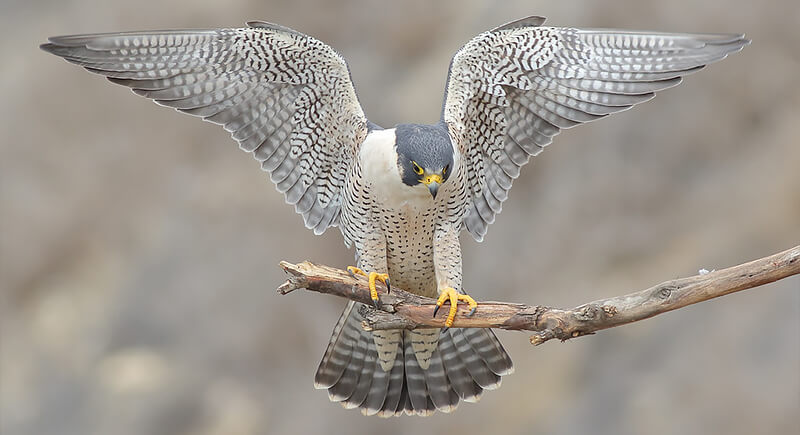
Credit: flickr
Back in the mid-1900s, things did not look great for Peregrine falcons. Pesticides like DDT wreaked havoc on their eggs and cut their numbers drastically. Raptor lovers, scientists, and conservation groups stepped in. They banned DDT, launched breeding programs, and seriously boosted these birds. Now, they’re showing off their 240 mph skydives in cities across America.
Mallorcan Midwife Toad
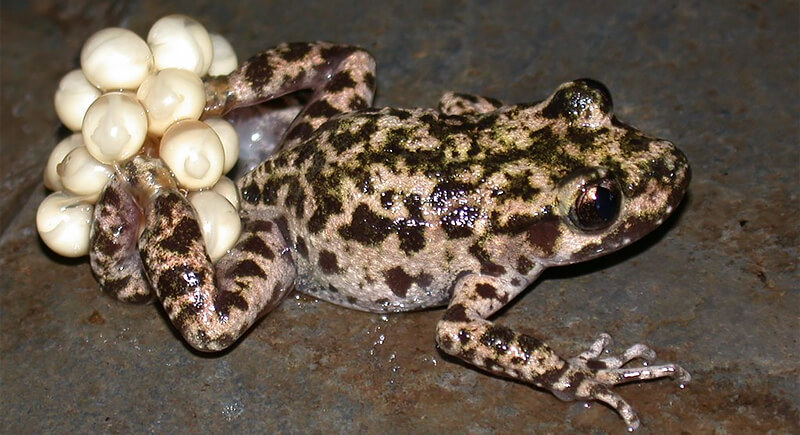
Credit: flickr
This tiny toad, once believed extinct, reappeared like a plot twist no one saw coming. The Mallorcan midwife toad survives with a rather endearing parenting habit—the males carry the eggs on their backs until they hatch. Scientists rediscovered the species in the 1970s, and since then, dedicated breeding programs and habitat protection have helped it bounce back.
Sea Otter
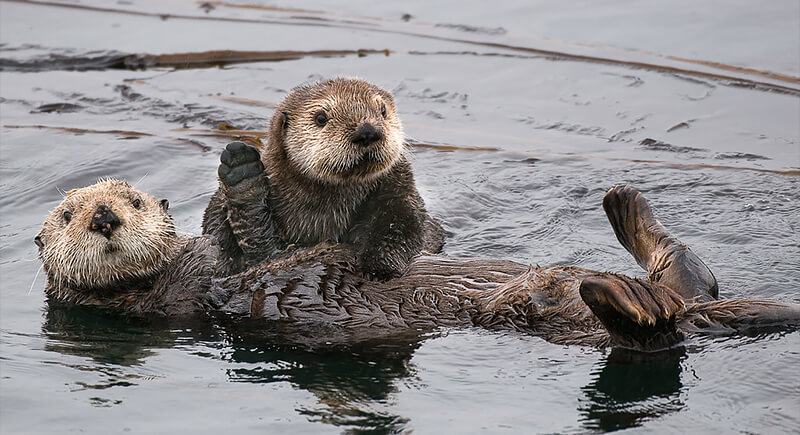
Credit: flickr
Sea otters practically disappeared in the 1800s thanks to the fur trade. Their coats were too tempting for hunters, but conservationists stepped in and implemented protections. Slowly, the sea otter started to paddle back into the picture. Their playful floating and kelp-wrapping antics are once again common along the Pacific coast.
American Bison
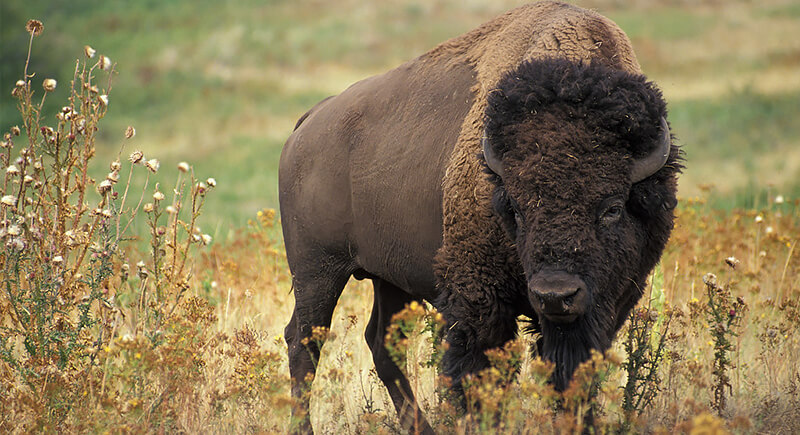
Credit: flickr
Once roaming the plains by the millions, American bison were nearly wiped out by the late 1800s. They fell victim to mass hunting and westward expansion. Conservationists, Indigenous tribes, and ranchers all played roles in bringing them back. There are over 400,000 bison in modern North America, with growing herds in protected areas and tribal lands.
Golden Lion Tamarin
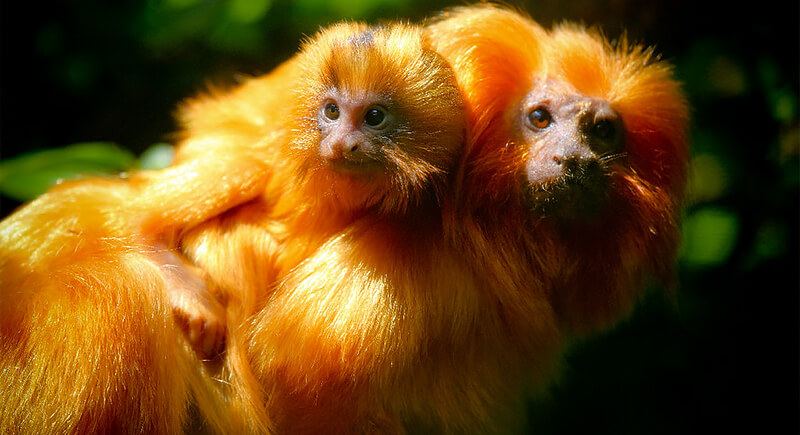
Credit: flickr
Bright orange, tiny, and straight out of a rainforest fairytale, the golden lion tamarin was nearly gone by the 1970s. With just 200 left in the wild due to deforestation in Brazil’s Atlantic Forest, their outlook was grim. But zoos, researchers, and reforestation have made habitat restoration a priority, and there have been over 3,200 in the wild since then.
Black-footed Ferret
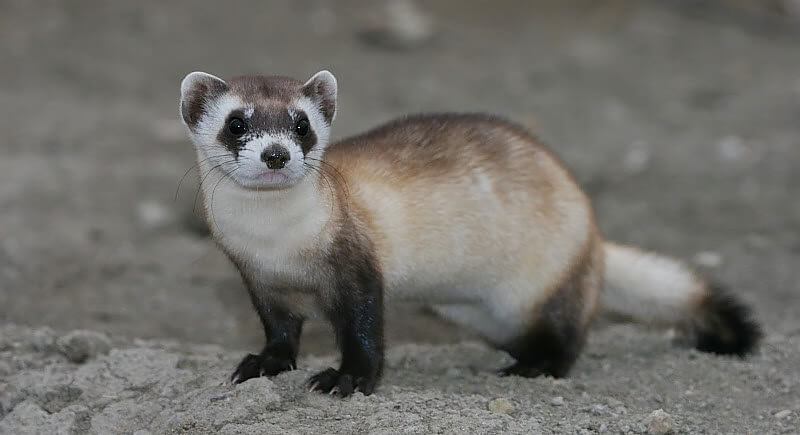
Credit: flickr
Thought to be extinct until a dog in Wyoming stumbled upon one in 1981, the black-footed ferret pulled off the ultimate surprise appearance. Only 18 individuals were captured for breeding, and things were tense. But this ferret has clawed its way back thanks to decades of round-the-clock care, breeding programs, and prairie dog conservation.
California Condor
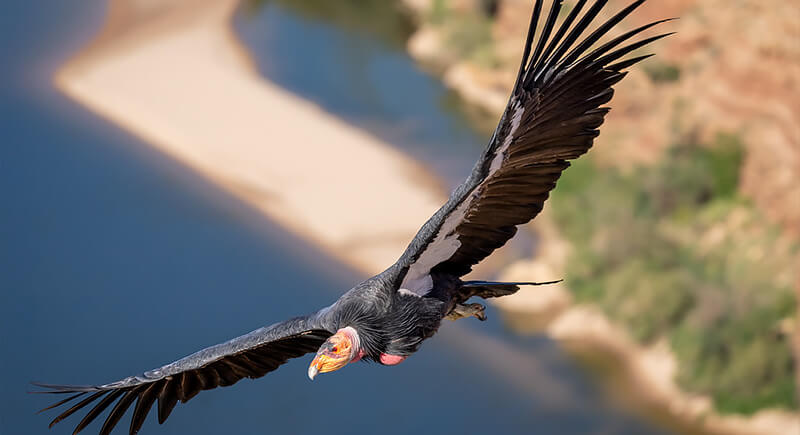
Credit: flickr
There were only 27 of these animals left. That’s not a typo. By 1987, California condors had vanished due to lead poisoning, habitat loss, and egg theft. Scientists made a bold call—capture every last one to try captive breeding. It was risky, but it worked. There are over 400 California condors, with more than half soaring over the American Southwest.
Bald Eagle
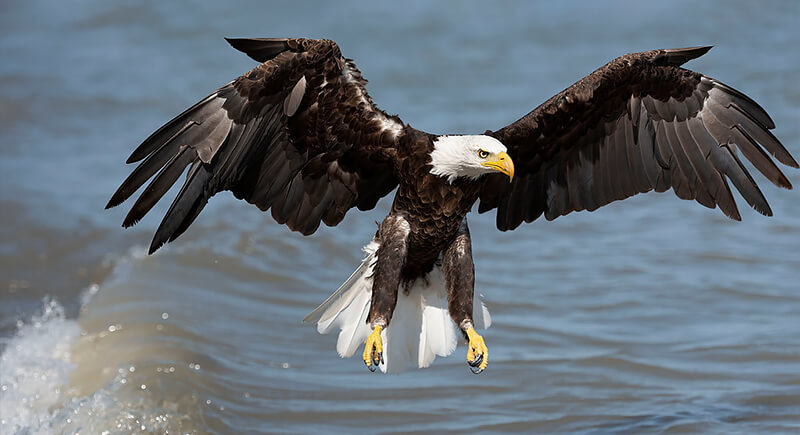
Credit: flickr
America’s national bird nearly went extinct in the lower 48 states, with just over 400 known nesting pairs by the 1960s. After DDT was banned, along with protection and breeding programs, bald eagles started returning. By 2020, there were more than 71,000 nesting pairs.
White-tailed Eagle
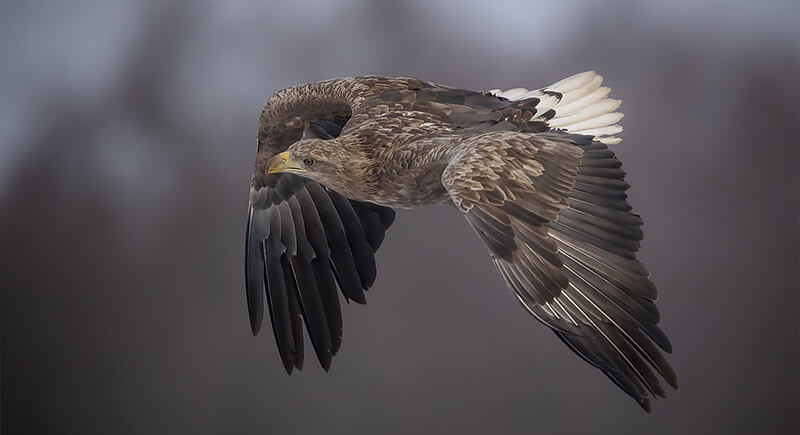
Credit: flickr
The UK hadn’t seen a white-tailed eagle since 1916. These massive birds—nicknamed “flying barn doors”—were hunted into oblivion. But in the 1970s, Scotland began reintroducing them, and guess what? They’re back. More than 120 breeding pairs patrol the skies; some have even been spotted raising chicks on the Isle of Wight.
Gray Wolf
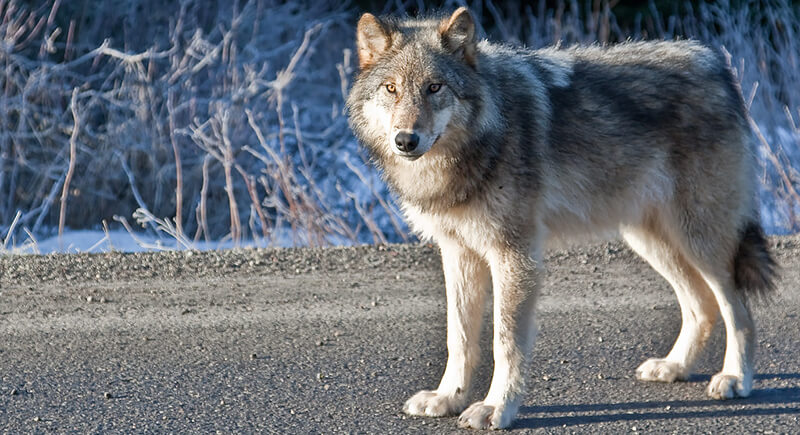
Credit: flickr
Wolves were nearly gone from the lower 48 states by the 1970s, wiped out by hunting, trapping, and habitat loss. But these apex predators have started howling again thanks to reintroduction programs—especially in Yellowstone—and legal protection under the Endangered Species Act. They’re essential for keeping ecosystems balanced, from elk herds to riverbanks.
Grizzly Bear
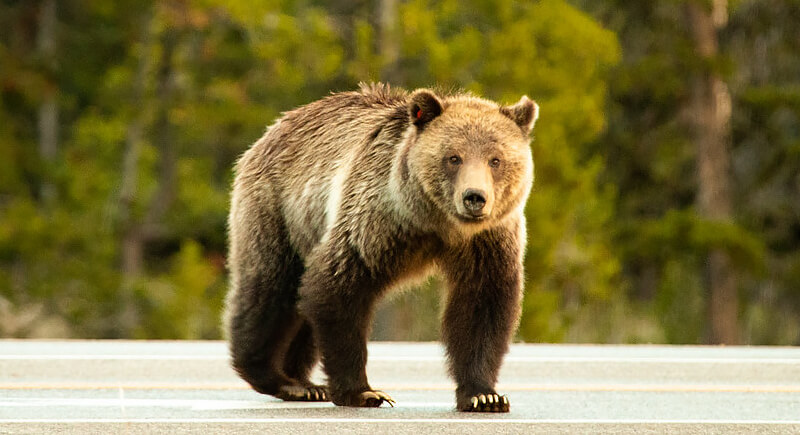
Credit: flickr
Grizzlies once ruled much of the American West, but by the 1970s, only a few hundred remained. Habitat loss, hunting, and human fear pushed them to the edge. The Endangered Species Act and other tighter protections came into play. More than 1,800 grizzlies roam the Greater Yellowstone region again. They’re still considered threatened, but their numbers are growing steadily.
Red-Cockaded Woodpecker
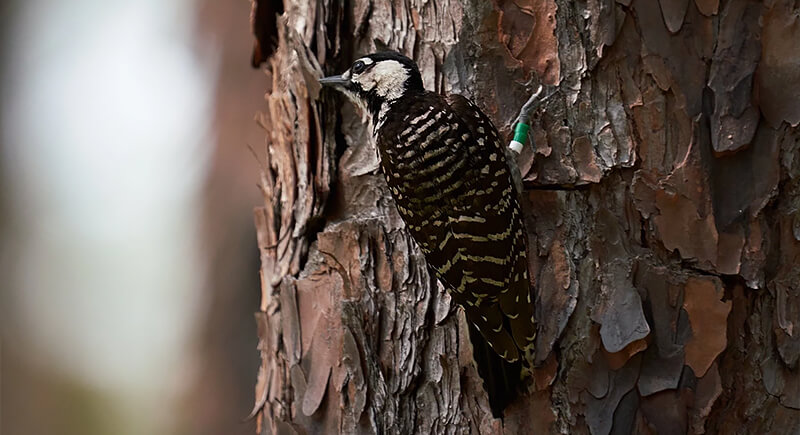
Credit: Reddit
This little woodpecker with a big name hit rock bottom in the 20th century, thanks to logging and fire suppression wiping out its favorite trees—old, living pines. It’s picky, nests in live trees, and doesn’t love change. But the population is finally climbing with habitat restoration, prescribed burns, and a quirky relocation tactic.
Mediterranean Monk Seal
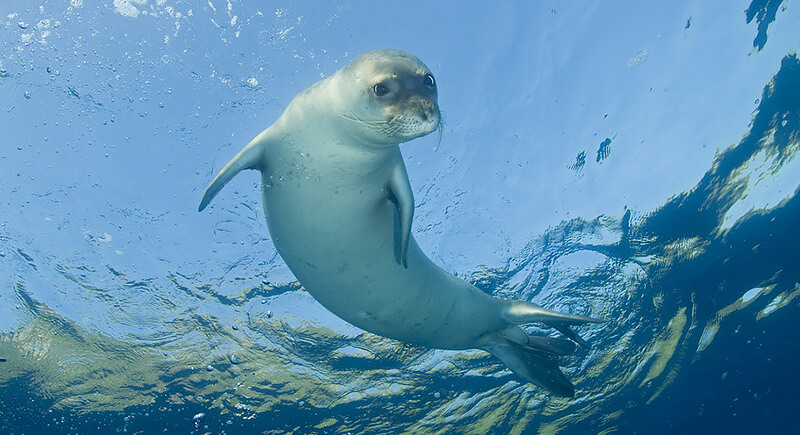
Credit: flickr
Mediterranean monk seals are camera-shy, cave-loving marine mammals that nearly vanished due to overfishing, coastal development, and human disturbance. By the 1980s, there were fewer than 500 left. Conservationists got to work—setting up marine protected zones, monitoring pups, and minimizing human interaction. Slowly, the seals have crept back into their coastal hideouts.
Arabian Oryx
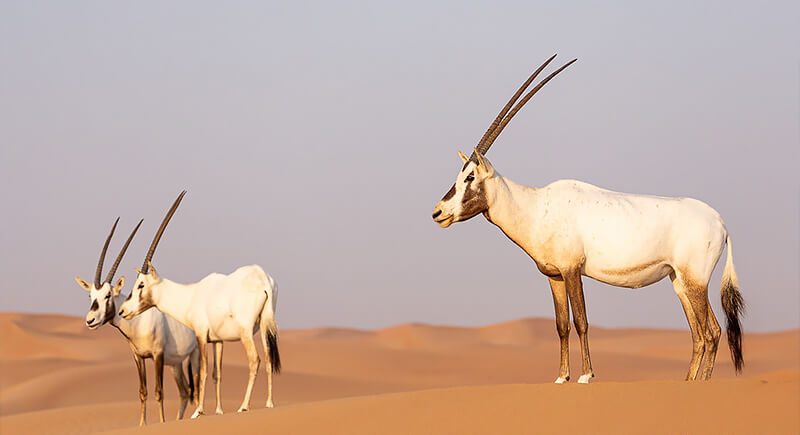
Credit: flickr
The Arabian oryx pulled off one of the earliest and most successful rewilding stories. Declared extinct in the wild by 1972 due to relentless poaching, a “World Herd” was created in captivity using just a handful of surviving individuals. Fast-forward to the ’80s, and reintroductions began in Oman, followed by other Gulf states.
Kakapo
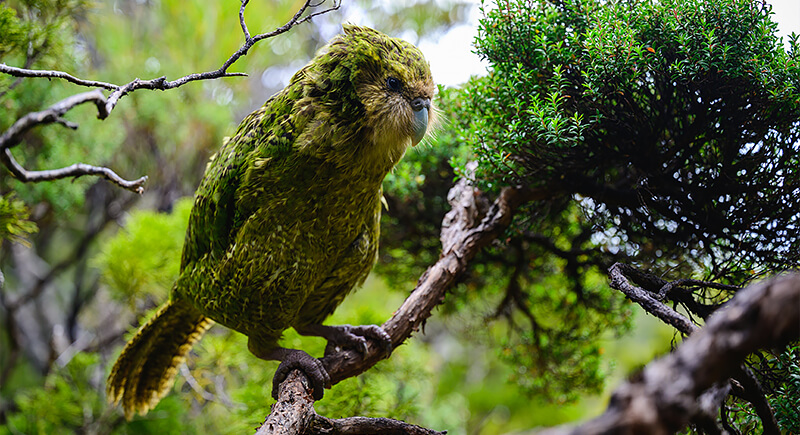
Credit: flickr
Native to New Zealand, the kakapo was nearly wiped out by predators like cats and stoats. By the mid-1990s, only 51 remained. Conservationists kicked into overdrive by moving every kakapo to predator-free islands, hand-rearing chicks, and even using AI and scent lures to boost breeding. It’s working; over 250 kakapos exist, each with a name and dedicated monitoring team.